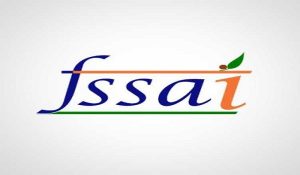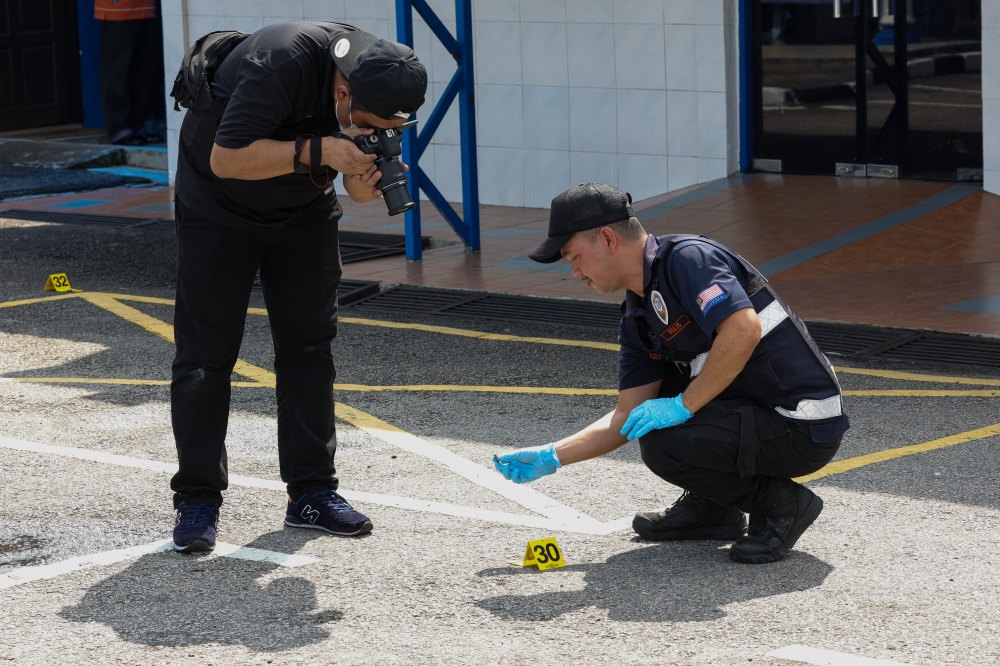
FSSAI terms reports of allowing 10x more MRL in herbs, spices ‘baseless’ IANS Updated: May 5th, 2024, 19:13 IST in Business , Sci-Tech 0 Share on Facebook Share on Twitter Share on WhatsApp Share on Linkedin New Delhi: The Food Safety and Standards Authority of India (FSSAI) Sunday denied reports in a section of media, claiming that it permitted higher pesticide residues in herbs and spices. In a press statement, the FSSAI called the reports “false and malicious” and emphasised that India has one of the most stringent Maximum Residue Limits (MRLs) standards in the world. Also Read Cipla, Glenmark recall drugs in US due to manufacturing issues 5 hours ago FPIs take cautious approach amid ongoing general elections; inject Rs 1,156 cr in May 5 hours ago It also mentioned that the MRLs of pesticides are established differently for various food commodities based on their risk assessments.
The Centre’s clarification comes after the Hong Kong food regulator banned particular spice blends from two prominent Indian brands — MDH and Everest, due to reported residues of pesticide ethylene oxide in their samples. Pesticide regulation in India is managed by the Ministry of Agriculture and Farmers Welfare, through the Central Insecticide Board and Registration Committee. This organisation was established under the Insecticide Act of 1968 to supervise the manufacturing, import, transportation, and storage of pesticides, as well as their registration, banning, or restriction.

The.















